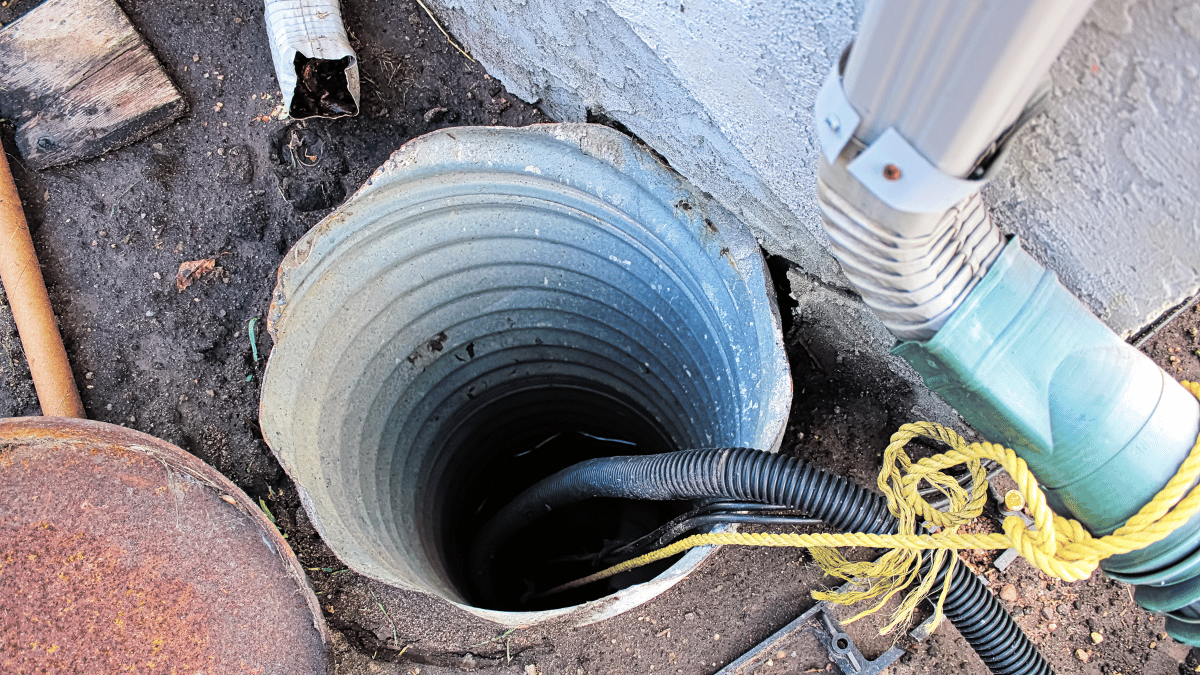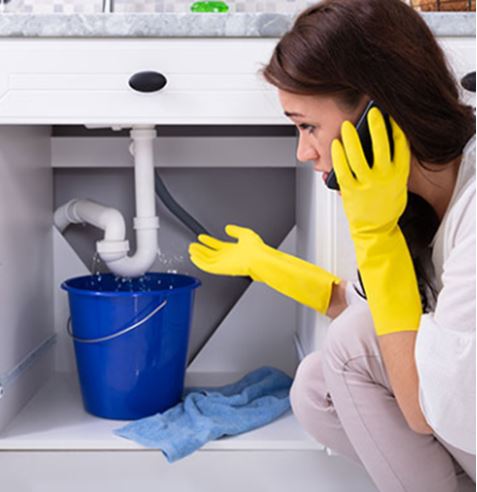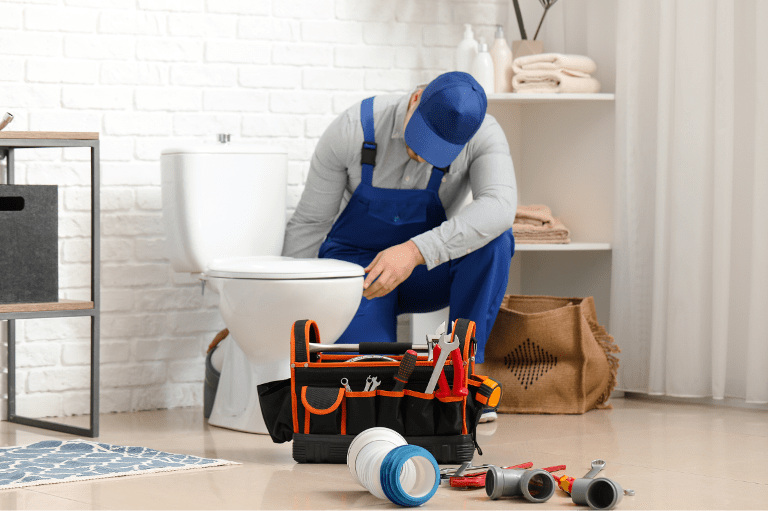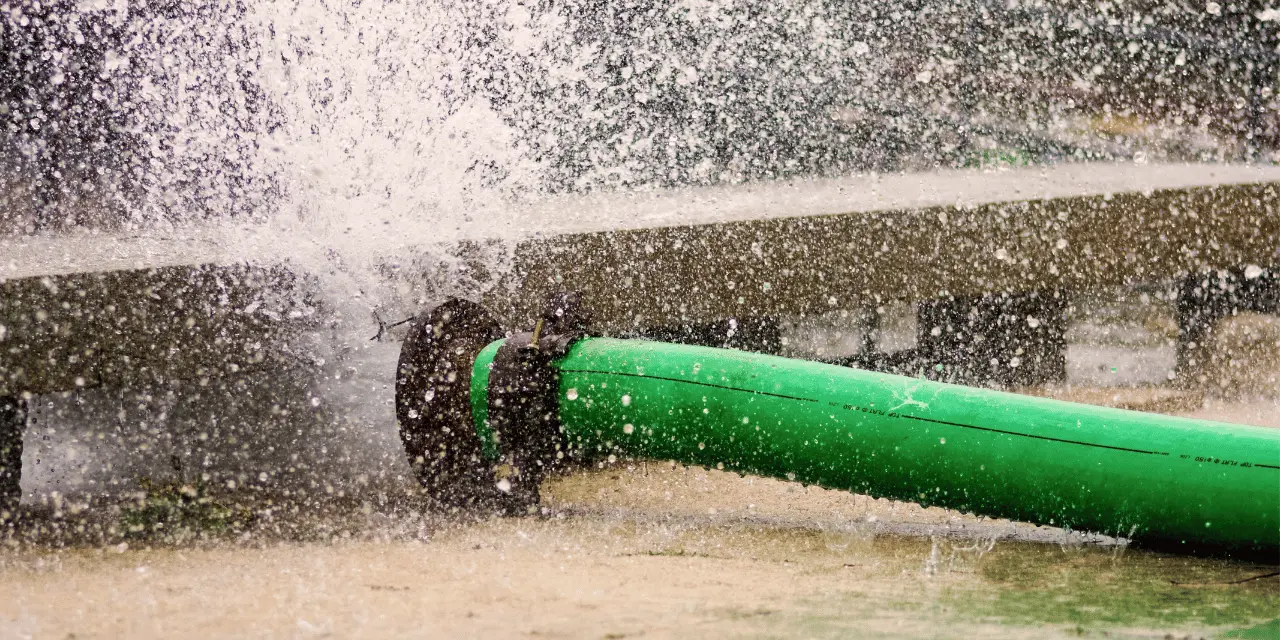
Top 5 Factors to Consider When Replacing a Broken Water Main
August 18, 2023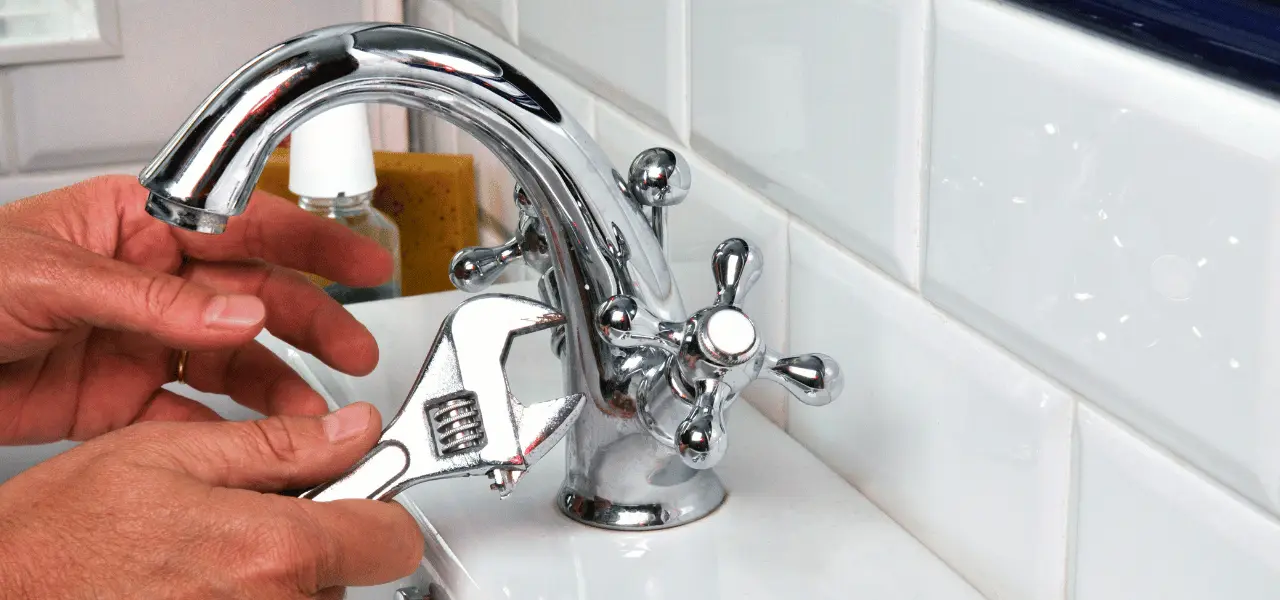
How do I become a plumber in New York- A Step-by-Step Guide
October 12, 2023Looking for a new sump pump installation in New York? If yes, then this article is for you. We understand how hard both sump pump repair and installation can be for the first time. But don’t worry, with a few things to understand before getting started, you can make the whole process a breeze.
We want to take you closer to a successful sump pump installation with this guide that provides everything before getting your hands dirty. Remember, if you understand all these, and manage a successful installation, you will keep your basement dry and free from any water damage. So, here’s everything you need to know!
Choosing the right sump pump for the job
Before anything else, it’s important to have the right sump pump for your needs. Not all sump pumps are created equal, and that’s why you need to know the difference while shopping.
Primarily, there are two major types of sump pumps that are often found in our homes; pedestal and submersible sump pumps. Both have their own advantages and drawbacks.
Pedestal sump pumps
This type of sump pump is designed with a motor above the sump pit. The design ensures easier access during maintenance. They are often less expensive but noisier and less efficient than their counterparts.
Submersible sump pumps
These sump pumps have the motor inside the sump pit, hence less noise and more efficiency. However, they are more expensive and maintenance is a little bit complicated. However, most homeowners prefer them for their quietness and efficiency.
When choosing a sump pump, you will need to check things such as horsepower, pumping capacity, and whether it has a battery backup system. All these factors will ensure the sump pump can keep up with the water volumes, and keep on operating even at times of power shortage.
Preparing your basement or crawlspace for new sump pump installation
You will need to prepare your basement for sump pump installation if you want it to perform at its best. While this step is often overlooked by many homeowners, how can you ensure sump pump effectiveness if you haven’t even located the lowest point for installation?
Your sump pump should be at the lowest location of your basement or crawlspace also known as the sump pit). If you can’t see any sump pit, you will have to dig one near the GFCI (Ground Fault Circuit Interrupter) and a drain. Remove any obstructions that may affect the pump’s operation or access for maintenance.
- How big should the sump pit be? In most cases, it should be 2 feet deep and 18 inches wide. This may vary depending on the brand of your sump pump.
- The power supply should be a dedicated outlet at a safe distance from ground level to prevent any possible water hazards.
Next, you will have to prepare the discharge line, the pipe that will carry water from the sump pump out of the house, far away to prevent it from seeping back into the foundation. A good distance is discharging 20 feet away from the house.
Before the installation, it’s also important to have a backup plan. You can install a battery-operated sump pump to help keep your basement dry in case you experience power outages.
Installing the sump pump
After you have made everything ready for the installation, it’s time to do the actual sump pump installation. Place the pump at the bottom of the sump pit, and make sure it’s level.
Once this is complete, connect it to the discharge line.
Setting up the check valve
After you have successfully installed the pump, you need to set up the check valve, which prevents water from flowing back into the basement after getting pumped out.
Connecting the sump pump to a power source
This should be the last step involved in installing the sump pump. Remember to connect your sump pump to a GFCI outlet to avoid electrical shocks. After you are done, you are now ready to operate the sump pump!
How to maintain and inspect your sump pump
A sump pump isn’t a set-it-and-forget-it device. It will need regular maintenance and inspection for it to function optimally. So, how do you do this?
Periodic cleaning
It’s always important to regularly clean your sump to remove debris, dirt, and sand that collect over time. If you don’t do periodic cleaning, your sump pump might malfunction, and have to call a professional NYC general contractor for a sump pump repair, an expense you could have avoided. Try, every few months to clean your sump pump and the sump pit. This will make it operational and efficient for a long time.
Perform test runs
Just like having a test drive on a car, your sump pump will also need periodic test runs, especially when it has been a long time without functioning. Doing a routine test run is quite simple: Pour a bucket full of water into the sump pit and trigger the sump pump to start working. If it doesn’t, then it’s time for a professional hand!
Professional inspection
While a lot of sump pump maintenance requires individual effort, there comes a time when professional help might be handy. This is especially true when the pump hasn’t been inspected by any NYC general contractor in a year or so. A professional general contractor in New York will help you check a lot of things that are otherwise difficult to check by yourself. This includes the mechanical parts, the connection to the power source, and the battery backup system if present. Professional inspection will also help to spot hidden problems like small leaks, and wear and tear that could be major problem down the line.
Conclusion
And there you go! Sump pump installation might seem difficult at first, but with these tips to help you prepare, you can tackle the process full of confidence. Remember, it’s all about choosing the right type of sump pump for your needs and then performing the right installation, and maintenance, and seeking professional help when needed.

